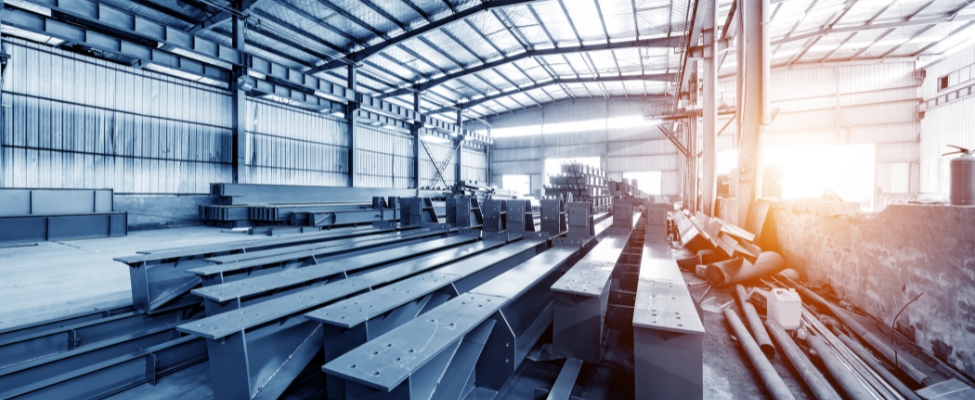
The manufacturing and engineering sector is one of the largest contributors to global carbon emissions, accounting for around one-third of total emissions worldwide. As the world moves towards a more sustainable future, it is crucial that this sector takes action to reduce its environmental impact. One promising solution is the development of green steel plants, which use renewable energy sources and innovative technologies to produce steel with significantly lower carbon emissions. In this blog, we will explore the importance of green steel plants for the manufacturing and engineering sector and the wider benefits they can bring to society and the environment.
Firstly, it is important to understand the significant impact of the steel industry on the environment. Steel is one of the most widely used materials in the world, with applications in infrastructure, construction, transportation, and many other sectors. Steel is usually made in a process that starts with blast furnaces which are fed with coking coal and iron ore. They emit large quantities of carbon dioxide and contribute to global warming, in fact, the production of steel is responsible for around 7% of the world's greenhouse gas emissions!
The development of green steel plants presents an opportunity to address this problem. These plants use renewable energy sources such as wind, solar, and hydropower to power the production process, reducing the reliance on fossil fuels. In addition, they employ innovative technologies such as hydrogen injection and carbon capture and storage to reduce carbon emissions further. This results in steel production with significantly lower carbon footprints, potentially lowering emissions by up to 95%.
The benefits of green steel plants extend beyond reducing carbon emissions. They can also bring economic benefits by creating new jobs and driving innovation in the manufacturing and engineering sector. For example, the development of new technologies such as carbon capture and storage or hydrogen injection systems can create new opportunities for research and development, as well as for companies that specialise in these technologies. In addition, the transition to renewable energy sources can create new jobs in the renewable energy sector, such as in the installation and maintenance of wind turbines and solar panels.
Furthermore, green steel plants can also help to address the problem of resource scarcity. Traditional steel production relies on finite resources such as coal and iron ore, which are becoming increasingly scarce and expensive. In contrast, green steel plants use renewable energy sources that are abundant and readily available. This reduces the reliance on finite resources and creates a more sustainable and resilient steel industry.
In conclusion, the development of green steel plants is crucial for the manufacturing and engineering sector to transition to a more sustainable and low-carbon future. They can help to reduce carbon emissions, create new jobs and economic opportunities, reduce reliance on finite resources, and protect the environment. As the world faces the urgent challenge of climate change, the development of green steel plants represents a promising solution for a more sustainable future.